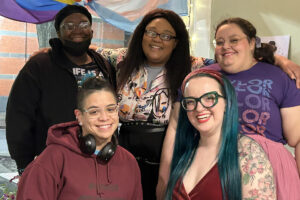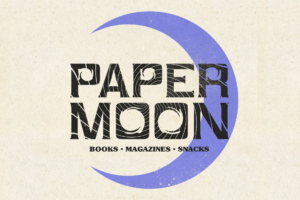By Tom Chuchta
The students awaiting Sean Penn’s visit to the University at Albany Performing Arts Center’s Recital Hall buzzed with nervous excitement. In the second row the energy was palpable and intensified as Penn’s first (partially secret) 4:15 Conversation/Q&A session drew closer. With some protests expected, New York State Writer’s Institute staff elected to host a less public session with Penn at 4:15 for students and teachers who read Penn’s recently published novel: Bob Honey Who Just Do Stuff, as a part of their semester’s curriculum. Penn would go on to give another talk that same evening at 7:30.
Following his certainly less than necessary introduction, Penn sat and detailed his rushed trip east to visit the college campus. He went on to discuss the writing of his novel, his excitement for the art and process of writing itself as evident as his boredom with acting. Penn spoke about his writing process freely, describing writing Bob Honey Who Just Do Stuff as a “hoot”, a sentiment clearly related to audiences through the pages of the novel. Penn’s novel reads differently than any other on the shelves today, not surprisingly reflecting the unapologetically individual authenticity of its author, as it switches from prose to poetry and back again. Footnotes detail the pages and create a depth and understanding of settings, objects and sentiment in the story, an engaging show of research and enjoyable commentary by Penn.
To continue to describe the book in a short review would fail tremendously to do the novel’s content and style justice, and to instruct a reader whether or not the book was “any good” would disappoint a point Penn was clear to make during his conversation with the students and teachers.
When asked whether readers “should like Bob Honey”, the novel’s main character and “antihero” figure, Penn responded by stating that the decision is up to the reader, not the author.
Penn went on to explain that while writing the novel and ignoring literary norms and traditions that didn’t fit the narrative he wished to communicate, he was well aware of the fact that many would hate the novel, just as many would like it. And the novel was for those who would like it, just as the interpretation of the novel and the assessment of its subjective goodness or badness for those who would read it. He encouraged the gathered students to think for themselves and make their own decisions.
In response to several questions, Penn clearly suggested that the audience vote in the upcoming election. Specifically, when asked what individuals can do to enact positive change in today’s political climate, Penn explained that everyone should simply educate themselves and head to the polls.
At some point during his discussion, Penn laughs and points out a student, sound asleep in the audience. He compares the sleeping student to Ruth Bader Ginsburg during the 2015 State of the Union Address, to the delight of his audience, and nonchalantly continues to answer questions with great reflection and insight.
Penn’s eloquent and well thought out answers to the questions on the afternoon of Friday, September 21st in the small Recital Hall caused the assembly of students to consider a new method of consuming media consciously and individualistically, writing and being creative in their own way, and lastly, being active in the world as best they can in order to effect positive change.
Penn then slipped away through the crowd, smiling at students who thanked him and signed a novel, before lighting up a cigarette, and then making his way to the east side of the campus.





